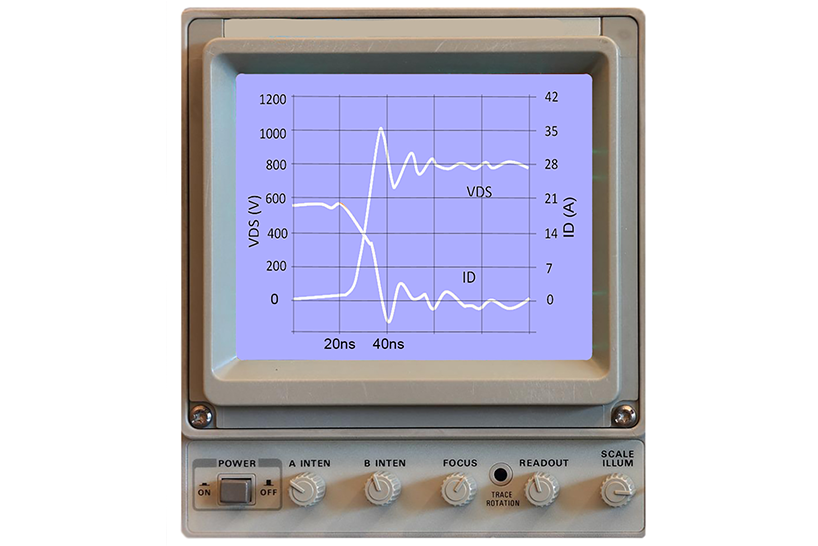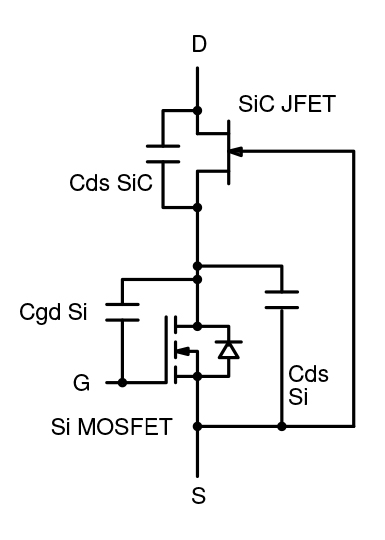Top UnitedSiC Blog Posts to Help with Your Power Design Challenges
November 16, 2022
In November 2021, Qorvo acquired United Silicon Carbide (UnitedSiC), a leading manufacturer of silicon carbide (SiC) power semiconductors. The acquisition of UnitedSiC expands Qorvo's reach into the fast-growing markets for electric vehicles (EVs), industrial power, circuit protection, renewables and data center power. This post is a collection of insightful blogs that help you overcome design challenges and unleash the full potential of SiC devices in your next power design. Below are abstracts with links to more in-depth information.

The Challenges of an Ideal Semiconductor Switch
The ideal switch with no conduction and switching losses has been a dream situation by power converter designers since the first tube 'switch-mode power supply' was designed in 1958 by IBM. On-state losses have certainly reduced across all switch technologies, and with the latest wide band-gap semiconductors, resistances of less than 6 milliohms are now achieved with 750V-rated parts. The technologies are not at their physical limits yet, so this value can be expected to reduce further still. Read More.

Getting the Most Performance from Your SiC FET
Performance is a subjective term – it can be measured in as many ways as you like, but in the world of power conversion, it comes down to two main interdependent values, efficiency and cost. It's common knowledge now that silicon as a semiconductor switch material is reaching its limits in both conduction and dynamic loss performance, so silicon carbide and gallium nitride wide band-gap technologies are increasingly considered for better performance. Read More.

More SiC FET Options Means More Flexibility for Cost-effective Solutions
Everything in life is a balancing act, and that can make decisions difficult. If money is involved, it brings in another dimension – if I buy an EV, will the extra cost payback? Over what time? What is the value of saving CO2 emissions? Which model has the best residual value? Deciding factors might be subjective and dynamically change, but when you are selecting a semiconductor in the design of an EV power converter, you would hope it's a bit more scientific. Read More.

SiC FET On-resistance Variation with Temperature – Making the Right Comparison
Comparing data sheets for SiC switches can be difficult. SiC MOSFETs can appear to be at an advantage with a lower temperature coefficient of on-resistance, but this is an indicator of higher underlying losses and overall lack of efficiency compared with UnitedSiC FETs. Read More.

Using Cascode Topologies to Beat the Miller Effect in Semiconductor Switches
There's no beating the laws of physics. Resistors are going to dissipate electrical energy as heat and drop voltages. Capacitors will take time to store charge, and time to release it. Inductors will take time to create and collapse electromagnetic fields. The SiC cascode topology solves the Miller capacitance problem in a way that also gives easy gate drive, normally-OFF operation, and a high-performance body diode. Read More.
Have another topic that you would like Qorvo experts to cover? Email your suggestions to the Qorvo Blog team and it could be featured in an upcoming post. Please include your contact information in the body of the email.